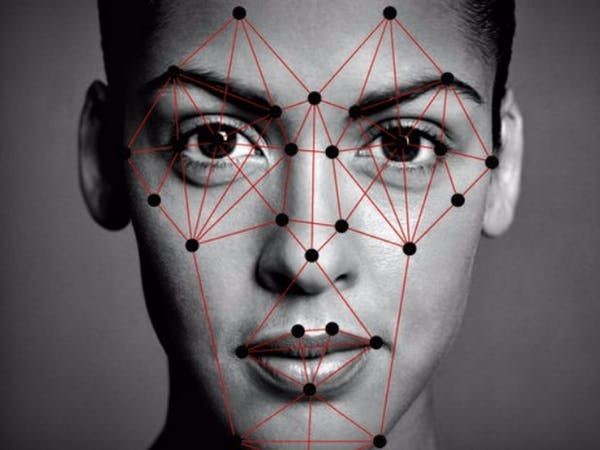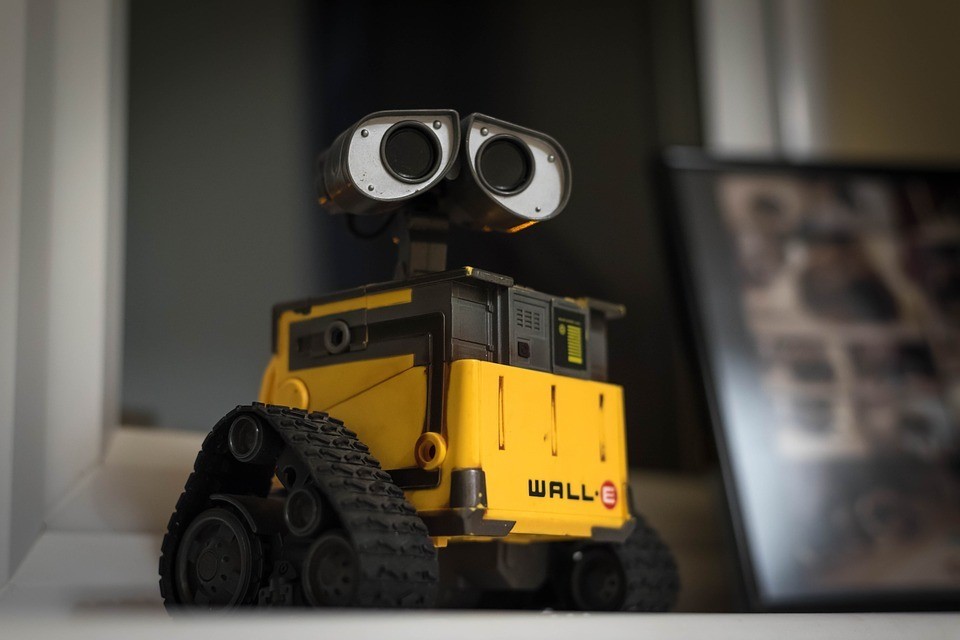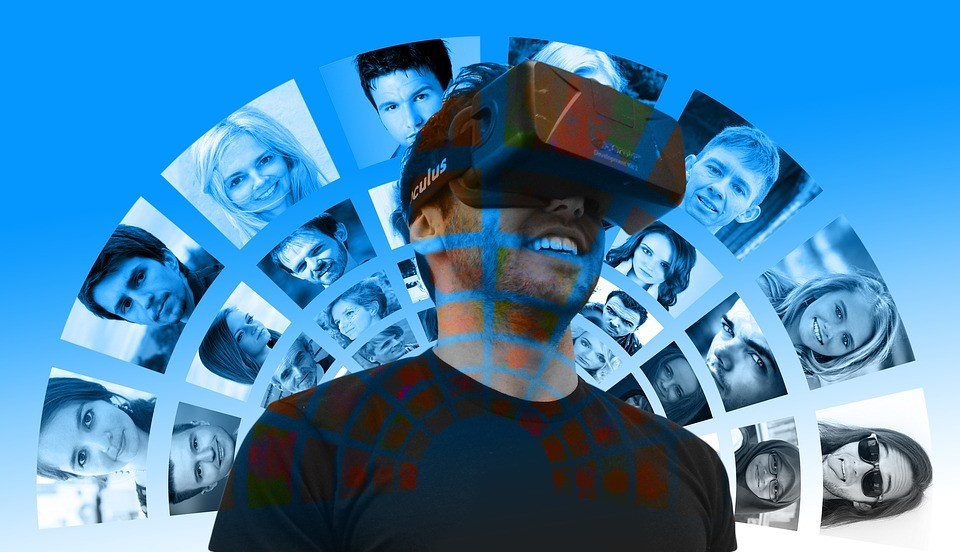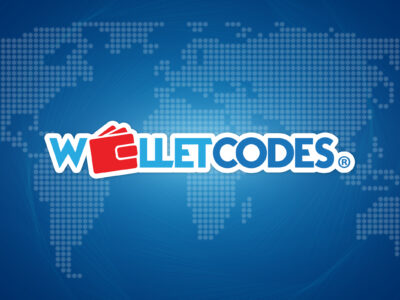
Advancements in technology are moving forward at a rapid pace and will affect the world’s economy, politics, health system and influence societies cultures. Concepts and inventions which were once considered limited to the realms of science fiction are increasingly becoming a reality. The following are 7 ground breaking technologies expected to appear and be available in some format before the end of 2019.
Development of 5G
Many ground breaking technologies are waiting for the 5G technological advancement to occur before they will be possible. The development of 5G will improve every type of technology it can be applied to include smartphones, gaming, streaming and more.
While the 5th generation of connectivity is generally thought to be mainstream by 2020, the early stages are expected to be ready by the first half of 2019. The 5G wireless networks along with phones which will run on them are almost ready, with the required hardware and software in the final testing stage. In fact, companies like Ericson have already started bringing 5G products to India.
According to Digital Tends, 5G will be very fast, at 20 gigabits per second which is 100 to 250 times faster. This is compared to the current 4G speeds of about 10 to 20 megabits a second. It will be like streaming one Netflix film in HD to streaming 400 films in 8k at the same time. The new network will not only provide faster streaming. Totally new experiences and new technology will suddenly become possible.
Facial Recognition
Facial recognition refers to technology which can identify or verifying a person from a digital image, video frame, or video source. There are multiple methods face recognition systems work, but generally they compare selected facial features. Each face has numerous distinguishable features, which are known as nodal points such as the distance between the eyes, width of nose, depth of eye sockets, shape of cheekbones, and the length of the jaw line. Facial recognition software measures these features. While facial recognition software has been considered and adapted for police and security purposes, the gaming world has also been making ground breaking advances.
Facial recognition technology combined with 3D scanning is allowing users to create their own likeness in the gaming world. This allows players to create custom avatars that look just like themselves. Some companies are going even further such as Intel which is using their RealSense 3D camera to scan players faces for emotions. Video games could be developed that follow players emotions and a few detected expressions of frustration might result in the game’s difficulty subtlety being lowered or increased if players appear bored.
- Facial features known as nodal points are used to make identification possible. Source: Pinterest
Robotics
Robotics is making some great progress and health and home care robotics may be among the most useful ground-breaking technologies offered in 2019.
During a short demonstration at the 2019 CES Samsung showcased the cute glossy white little robot called Bot Care. Bot Care features a screen for a face which can display ‘emotions’ as well as the user’s health information. The robot can understand voice commands and respond to the user with a voice of its own. It is also able to read vitals like blood pressure and provide daily health briefings.
- Technology has awhile to go before Wall-E, but home care robots are currently being developed. Source: Pixabay
Another ground-breaking technology for 2019 has been the development of a Jenga playing robot. A recent video released by MIT demonstrates a robot playing the game of Jenga with surprising precision. The game Jenga is played with 54 rectangular blocks stacked in 18 layers of three blocks each. Each layer is oriented perpendicular to the blocks below it. The aim of the game is to carefully extract a block at a time and place it at the top of the tower, building a new level without knocking down the entire structure. The machine is equipped with a soft pronged gripper, external camera, and a force sensing wrist cuff. This allows the robot to perceive the tower’s vulnerabilities the way a human might. According to Alberto Rodriguez the assistant professor in the Department of Mechanical Engineering at MIT the task is not purely cognitive but rather requires interactive perception and manipulation and balancing of the blocks. In other words, the robot must learn in the real world by interacting with the real physical Jenga tower rather than learning by observing.
Artificial Intelligence
Artificial intelligence (AI) has been making rapid breakthroughs during the last few decades including matching and even beating human players in various games. In 1997 the IBM AI program Deep Blue was able to successfully defeat world Chess Champion Garry Kasparov. In 2017 Google’s AphaGo program also made history when it was able to defeat human Go world champion De Jie. There may very soon be another breakthrough in AI technology as some of the world’s best professional gamers face off with a new AI opponent.
- The Hidden Side LEGO line combines AR and with physical blocks creating a new experience for users. Source: LEGO
This August in Vancouver a team of five artificial intelligence bots will face off with human players. The bots have been developed by OpenAI, an independent research institute which was cofounded by Tesla CEO Elon Musk in 2015. The game is Dota 2, one of the internet’s most watched videogames. In the game two teams of five players attempt to destroy each other’s bases. Playable characters include alchemists, demons and spiders with their own abilities, strengths and weaknesses. OpenAI’s team have already played and beaten a team of semipro, however in that match up the game was simplified somewhat by restricting both teams to use the same characters. OpenAI learned how to play Dota 2 by playing against clones of itself millions of times. The software uses a technique known as reinforcement learning, using trail and error to discover which actions have a favorable outcome. If OpenAI is successful in defeating the human players without restrictions later in the year it will be a ground breaking achievement.
Augmented Reality
Augmented reality (AR) refers to the integration of visual and audio content within the user’s environment in real time. It differs from virtual reality which often requires a separate room or space to create an immersive environment, augmented reality uses the existing environment.
There are many ways in which augmented reality could potentially be applied to everyday life. One such example is a product by kitchen appliance brand Whirlpool. Whirlpool recently displayed their augmented reality oven at the 2019 Consumer Electronics Show (CES). The Whirlpool Connected Hub appears at first glance to be an ordinary oven. However, the glass front door is actually a 27 inch LCD screen.
Many video game developers are also discovering new improved ways to make AR a standout feature for their products. LEGO recently unveiled their Hidden Side product line, which aims to bring AR and physical play together. Eight different Lego sets are set to launch in August this year ranging from price between $20 to $130 US. The sets are used along side the Hidden Side app which will be available on Android and iPhone. When the app is used by holding the phone up to a physical LEGO model, different “points of possession” will be activated, releasing virtual ghosts making the sets to appear as if they are haunted. Users will be able to solve paranormal mysteries beneath the surface of the sets and return the sets back to normal by finding and releasing the ghosts.
It is also predicted that in the future that AR could be used replace expensive tangible objects with digital ones. Any desired visually pleasing objects such as artwork, flowers, or household plants or even whole gardens, could be ordered in a matter of moments. These objects could be changed or altered to personal tastes and displayed in homes, offices, or public spaces at a faction of the cost of the real deal. People may decide to go even further and opt for digital pets. These digital pets could mimic all the traits of a real animal but without the feeding and clean-up responsibilities.
Virtual Reality
Ground-breaking technologies surrounding virtual reality (VR) is being implemented in 2019. Devices such as the Oculus Rift have been allowing users to experience virtual reality since 2017 and other companies have been following suit.
- VR technology is continuing to develop improving the immersive experience for users. Source: Pixabay
Start-up Vargo recently launched its first VR headset. The Vargo VR-1 has a resolution of more than 70 pixels per degree, which according to Vargo is the equivalent to the resolution of the human eye. The device also features eye tracking capabilities. The headset will cost around $5995 dollars and will be sold directly to businesses in industries such as engineering, construction and architecture. Vargo has already collaborated with companies including Airbus, Audi, and Volkswagen who are incorporating the technology into their own products.
Language Translating Technology
Language translating earbuds are amongst the most exciting of the ground-breaking technologies on offer for international travellers. The brilliant science fiction series The Hitchhiker’s Guide to the Galaxy written by Douglas Adams in 1978 introduced readers to the concept of the Babel fish. The Babel fish, when placed inside a person’s ear could instantly translate any language, allowing communication between different cultures and alien species. Google has been working on a similar less fishy device to make such communication a reality.
- The Pixel Buds created by Goggle can translate 40 languages in real time. Source: Google Store
The Pixel Buds works with the assistance of mobile phones and Google Translate. The user will wear the wireless earbuds and speak in their own dialect, with English set as default. The application deciphers the words and translates them into the desired language out loud through the phone. The other individual can then reply, and their words are translated back to the user’s own language which is played through the earbuds. The Pixel Buds have the power to translate between 40 languages in real time.
Developments are also being made to assist with online gaming. The international appeal of gaming means anytime a person logs onto their favourite multiplayer game there are bound to be multiple languages used. It is predicted that the next generation of consoles and smartphones will include language translating software allowing players to better communicate with each other.















